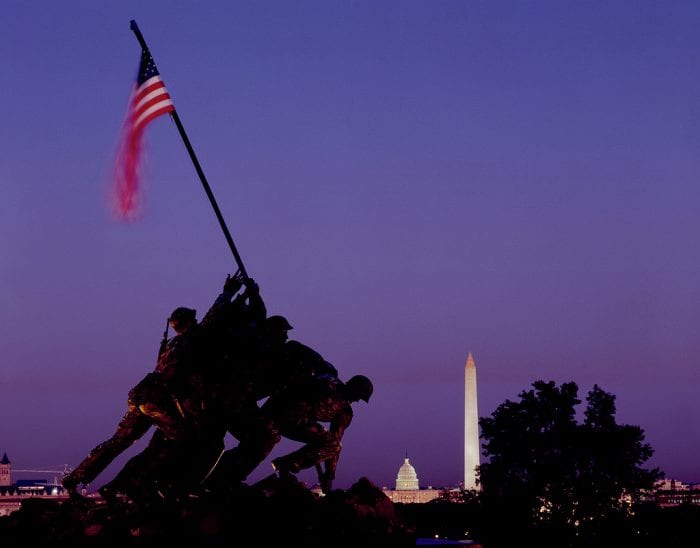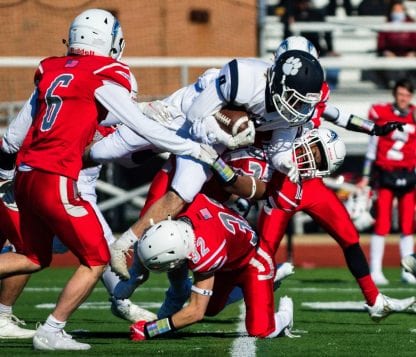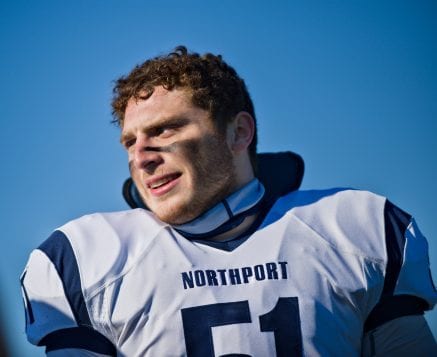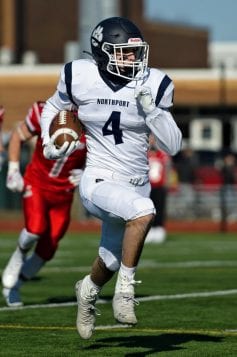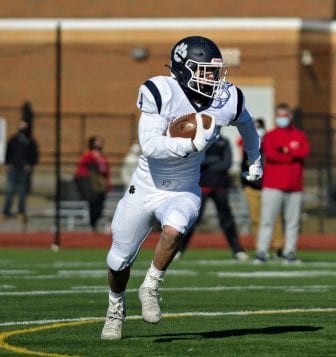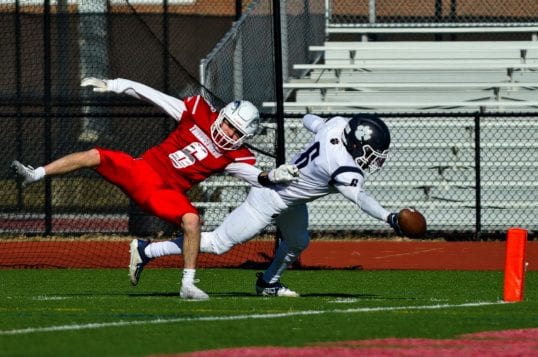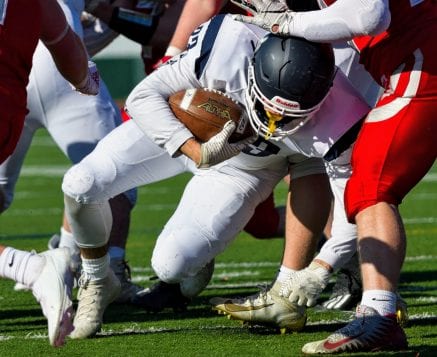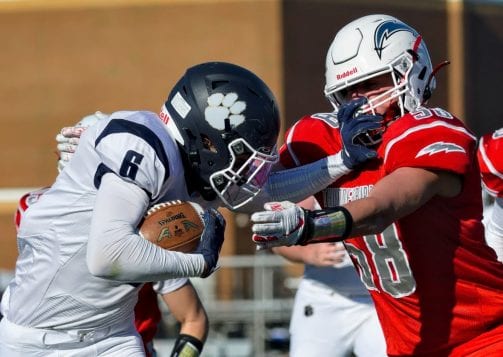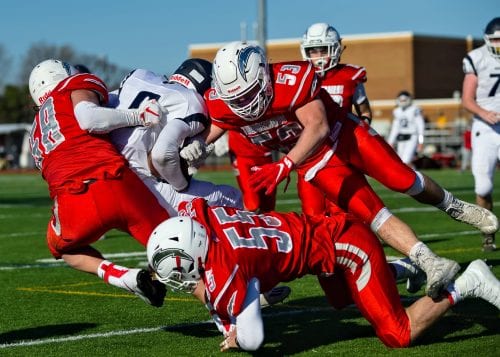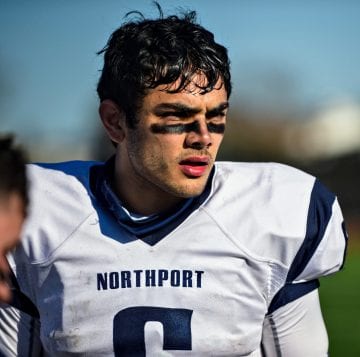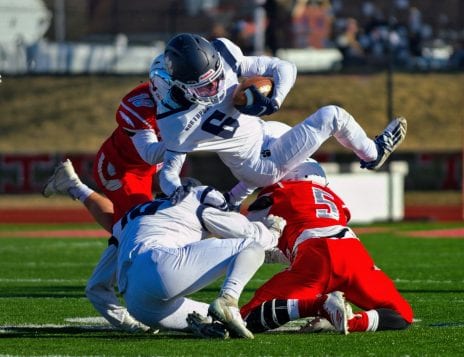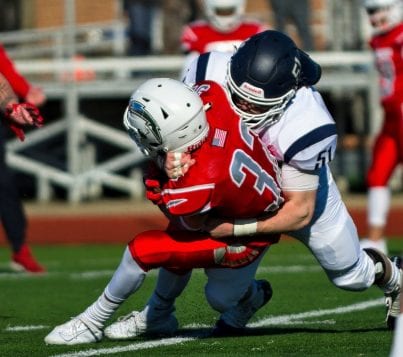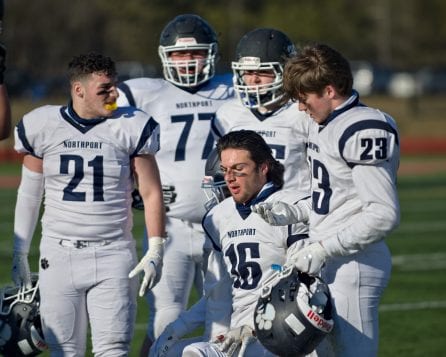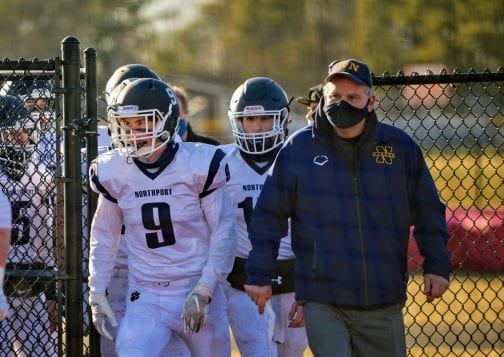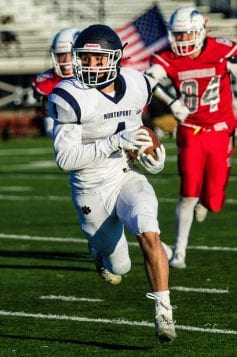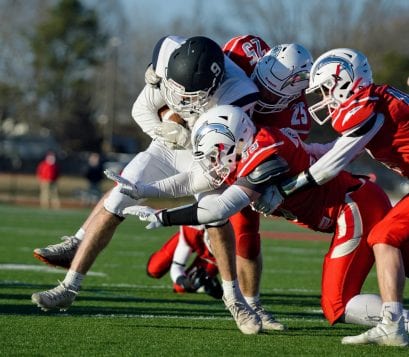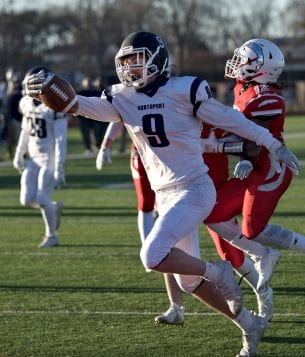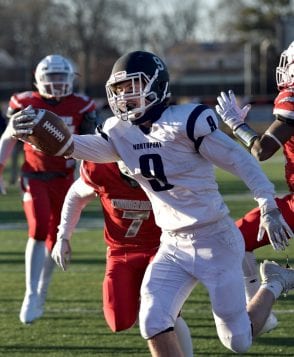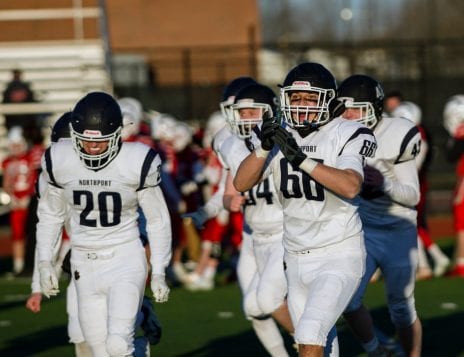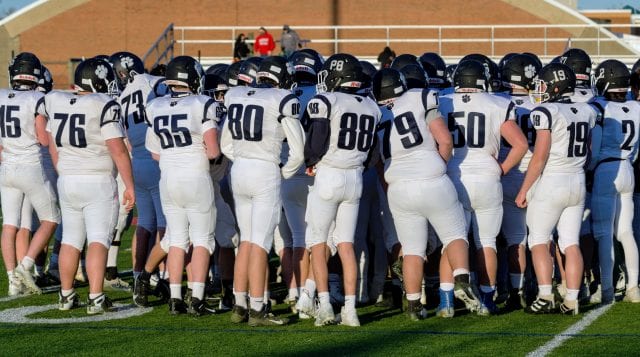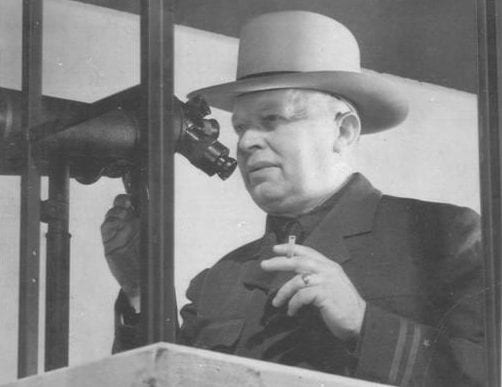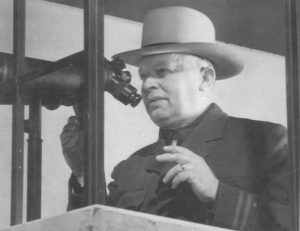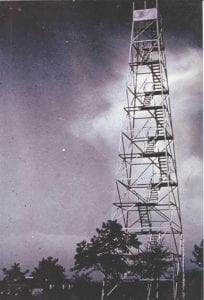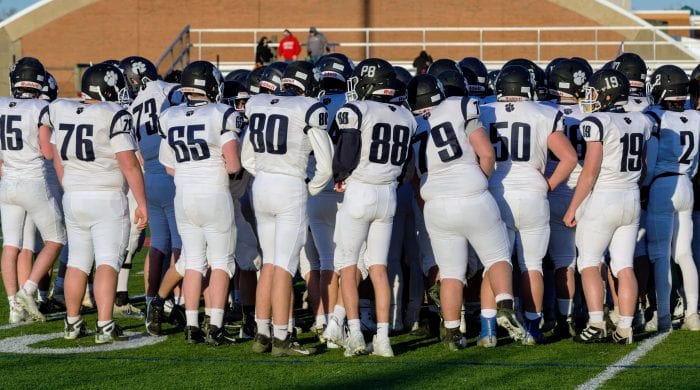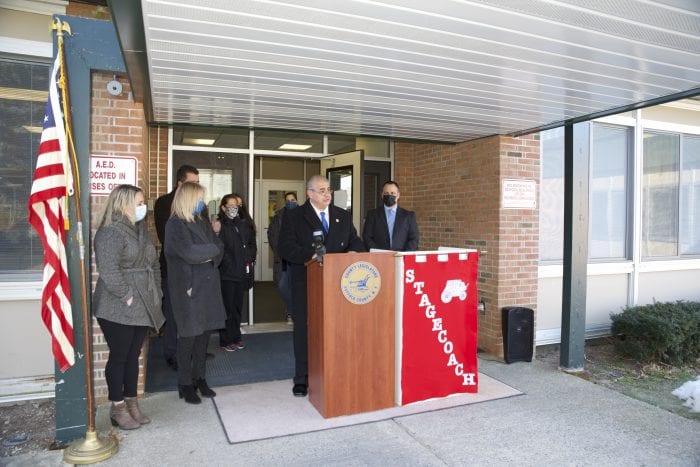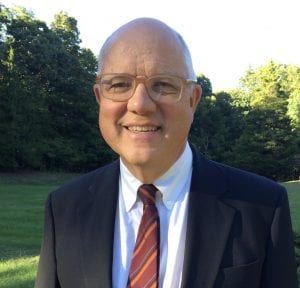By Rich Acritelli
By the end of February 1945, the United States made significant progress within its island-hopping campaign to operate closer toward the Japanese mainland. Since 1942, Gen. Douglas MacArthur pursued a movement across the Pacific Ocean that saw Americans land on islands like Guadalcanal and Tarawa, along with the recapture of the Philippines. This fighting was waged against an enemy that refused to surrender and was willing to take heavy losses.
For American military and political leaders, this period was an extremely bloody part of the war. In Europe, the United States began its slow advances into Germany after Hitler’s last-ditch attempt to split the Western Allies through the Battle of the Bulge. For MacArthur and Nimitz, the taking of Iwo Jima presented a harsh dilemma for the Japanese. If the American Navy and Marines took this island, it brought our forces 750 miles from the main Japanese home islands. Now, their soil, people, munitions plants and Emperor Hirohito would be directly assaulted during the latter part of this war.
The taking of Iwo Jima also denied the Japanese the use of airfields for attacks on American B-29 Superfortress bombers. At this time, these bombers did not have the support of American fighter planes to guard against the Japanese Mitsubishi Zero aircraft. A victory on this island, allowed the Army Air Forces a strip of land for its bombers and fighter planes to bring increased pressure against the entire Japanese war effort.
As the American forces kept pushing forward, the Japanese resistance grew stiffer by kamikaze aircraft that targeted our major naval vessels. The sight of these enemy planes that targeted American ships was a horrifying reminder that the war was far from over.
Bob Feller was called Ace of the Greatest Generation, and he was stationed on the USS Alabama battleship in the Pacific. This Hall of Fame pitcher and Cy Young Award winner was a called a hero when he returned to the Cleveland Indians in 1946. Recalling the determination of the Japanese, he firmly stated that he was not a hero, but ”a survivor” of combat against this nation. For Feller and the other veterans of World War II, they were constantly targeted by these enemy pilots that sunk some 47 Allied vessels.
American war machine
Even as the Japanese government sent few reinforcements and supplies to their garrisons, they were left on these islands to fight to the death. The Japanese, unlike the Germans, realized that they were unable to stop the strength of the American war machine. But they understood that our citizens hated losses and the Japanese were determined to increase the blood toll. In battles like Iwo Jima, Japanese officers instructed the necessity of their soldiers to kill at least 10 Americans before they were overrun by our forces.
During the Iwo Jima planning stages, there was a lack of information from the American pilots who were unable to see any major signs of Japanese soldiers on this island. Instead, they observed a rugged terrain of rock and mountains that offered few luxuries for any of its inhabitants. But the Japanese deployed almost 22,000 soldiers to contest any American landing. They operated in the caves, a series of tunnels, and placed heavy guns in well-concealed positions. They gained valuable time in building these lines of defense by delaying the American conquest of the Philippines.
Before the American military planners assaulted Iwo Jima, they ordered their “frogmen” — or the earliest SEALs — to attack the Japanese in the effort for them to reveal these gun emplacements. In anticipation of heavy resistance, the Marines requested that the Navy should fire at the suspected areas of Japanese fortifications and guns for 10 days. Instead, there were only three days of naval bombing, and this resulted in the later extreme losses for American land forces. A flotilla of about 450 ships laid off the coast of Iwo Jima, where 60,000 Marines and 10,000 Navy and Army personnel were used to capture this small island. On Feb. 19, when the Marines landed with their waves of men and materials, the Japanese barely resisted these early American actions.
Led by veteran Japanese leader Gen. Tadamichi Kuribayashi, it was his intention to allow the landings to reach the shores unopposed. The Americans were permitted to move inland where they would be heavily targeted by Japanese forces. Kuribayashi believed that if his forces created massive American losses, it was expected that our officers would lose their willingness to continue fighting on Iwo Jima. He utilized the steep terrain of the beaches, as the first wave of 8,000 men had to wade ashore through deep beaches. This sand was also difficult for the motorized American vehicles to operate on, as tanks, trucks and jeeps were targeted by Japanese guns.
Opening assault
On the first day of the assault, there were 2,400 casualties that surprised the American military leadership, as these losses were lower than those that were suffered at Tarawa and Saipan. The biggest mistake that the Japanese made on this day was to fire from their positions at Mount Suribachi. Japanese firing at the tip of the island, proved to be fatal for the enemy, as it allowed the American Navy, fighter planes and ground forces to hit these enemy troops and their guns. On the fourth day of the fighting, photographer Joe Rosenthal captured perhaps the most historic military picture ever taken. The “flag raising” depiction on the top of Mount Suribachi presented the commitment of the Marines to place the colors of this nation. As Americans were elated by this picture, the dangerous reality for the Marines was that this contest was far from over.
Unlike other battles that showed the willingness of the Japanese to use banzai assaults against American positions, Kuribayashi discouraged these methods. If large groups of Japanese soldiers went into the open to attack the Marines, they would eventually be killed, and this would only weaken his forces. While there was some fighting at night, the Japanese stayed close to their tunnels, guns and cover, and this prevented an early victory for the Marines. Our military leadership became increasingly worried about the resistance that the Japanese had showed on the northern part of Iwo Jima. The Japanese used larger mortars which increased losses and the Marines began to utilize napalm against the enemy. There was a kamikaze assault of the Navy off the island, with the USS Bismarck Sea and the USS Saratoga being targeted by Japanese aircraft. For both sides, the 36 days of warfare at Iwo Jima proved to be a battle that was bent on total carnage.
Even as American strength was far superior, the Japanese often waited for the sight of the Marines before they opened fire. Gen. Holland McTyeire “Howlin’ Mad” Smith came ashore several times to personally observe the fighting, and he believed that the Marines were in perhaps the worst battle that they had ever experienced. It was estimated that 14 out of 24 Marine infantry battalion commanders were killed or wounded leading their men on the front lines. Mostly through hand-to-hand combat, this was the only way to chip away at the Japanese defenses.
Severe losses
By March 14, the Marines felt confident that Iwo Jima was taken into possession by American forces. While the Japanese lost most of their positions, there were still moments that they infiltrated the rear parts of American lines to kill Marines. On both sides, the losses were severe, with the Japanese having more than 20,000 casualties. It was estimated that 30% of Americans were casualties, with most of the damage being done against the infantry. The losses of this battle never discriminated, as noted combat figure John Basilone, a gunnery sergeant and Medal of Honor recipient, was killed during his earliest moments on Iwo Jima. Every type of Marine fought on this island from the most decorated, to a 16-year-old that experienced some of the hardest warfare.
Some 76 years ago this month, over 6,000 Marines were killed during an immensely challenging time within the history of this branch of service.
Rocky Point students Chloe Fish, Sean Hamilton, Carolyn Settepani and Madelyn Zarzycki contributed to this article.


